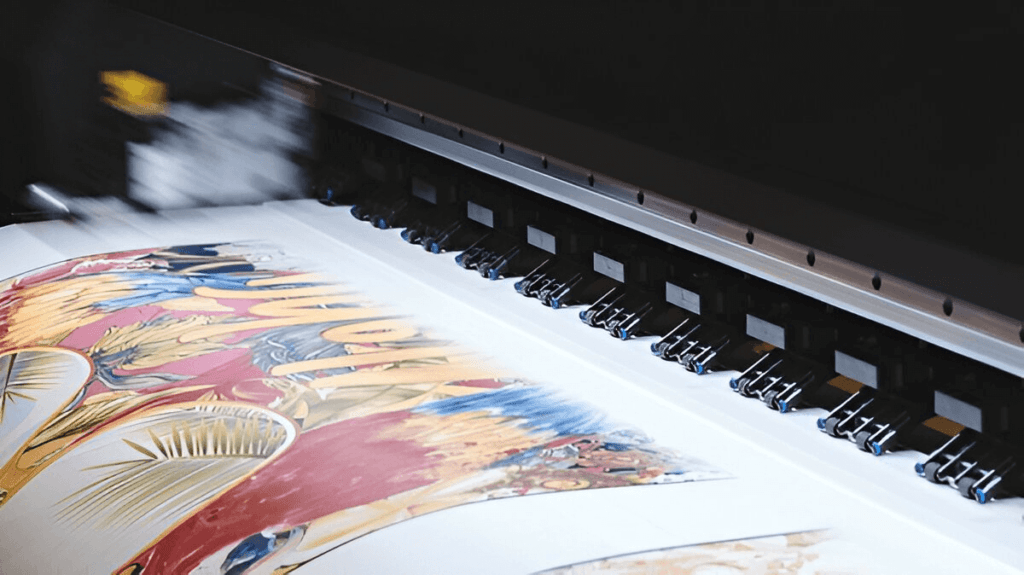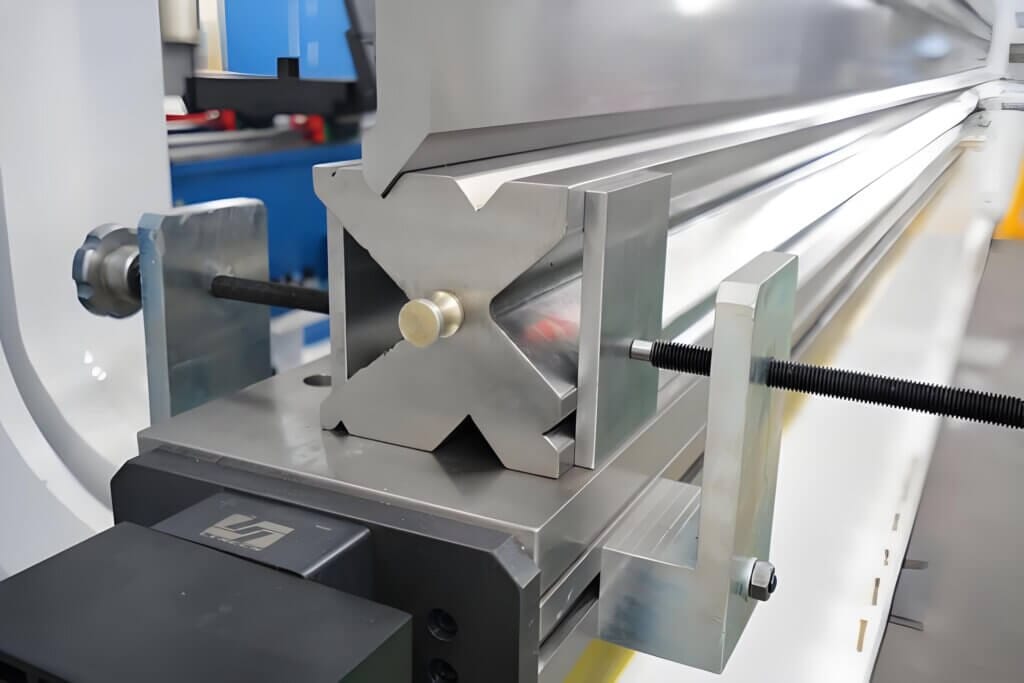The paper cutting blade industry is undergoing significant transformations, driven by technological innovations and the evolving demands of the paper and packaging sectors. Manufacturers are continually developing advanced cutting solutions to enhance precision, efficiency, and durability, ensuring they meet the high standards required in modern paper production.

Technological Innovations in Paper Cutting Blades
One notable advancement is the development of high-speed creping blades, now utilized in tissue paper production. These blades are designed to operate at machine speeds ranging from 500 to 2200 meters per minute, significantly improving production efficiency. Additionally, the introduction of perforated blades has facilitated tasks such as punching and perforation in food and medical packaging, enhancing operational efficiency and product quality.
The integration of high-precision tools, such as inlaid steel cross-cutting knives, has become crucial in the paper industry. These tools ensure smooth and clean cuts, meeting the stringent standards required in paper and paperboard processing.
Market Trends and Growth Projections
The global paper slitting machine market, closely related to cutting blade technology, was valued at $417.4 million in 2019 and is projected to reach $683.7 million by 2032, exhibiting a compound annual growth rate (CAGR) of 3.6%. This growth reflects the increasing demand for high-precision cutting solutions in the paper and packaging industries.
In China, the paper cutting knife industry is also experiencing significant growth. Research reports analyze market trends and future developments, providing insights into production capacities, sales, and revenue. These studies focus on major manufacturers and their market shares from 2019 to 2023, with forecasts extending to 2030, indicating a robust expansion in the region.
Industry Challenges and Solutions
The paper cutting blade industry faces several challenges, including the need for enhanced precision and efficiency. Manufacturers are addressing these issues by producing mechanical knives that reduce cutting pressure, improve cutting results, minimize dust, and extend service life. These innovations cater to the specific needs of the paper and pulp industry, ensuring optimal performance and product quality.
Furthermore, the collaboration between paper cutting blades and cutting machines significantly impacts cutting quality. Proper alignment and compatibility between the blade and machine are essential to achieve optimal results, emphasizing the importance of selecting appropriate tools for specific cutting tasks.
Future Outlook
Looking ahead, the industry is poised to embrace further advancements in automation and digitalization. The integration of smart technologies into cutting equipment is expected to enhance precision and operational efficiency. Additionally, the development of new materials and manufacturing techniques will likely lead to the production of more durable and efficient cutting blades, meeting the ever-evolving demands of the paper and packaging industries.
Conclusion
In summary, the paper cutting blade industry is evolving with a focus on automation, precision, and efficiency. Technological innovations are driving the development of advanced cutting solutions, enabling manufacturers to meet the high standards required in modern paper production. Staying informed about these developments is essential for professionals in the field to maintain a competitive edge and ensure optimal performance in their operations.






